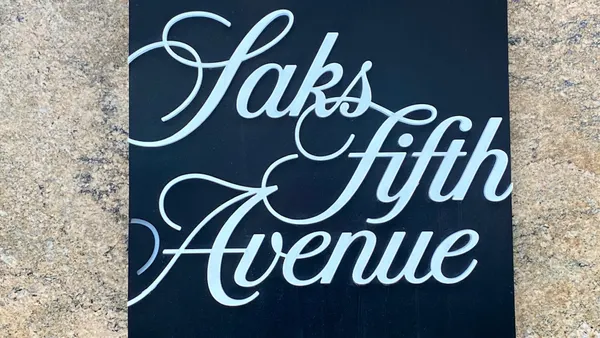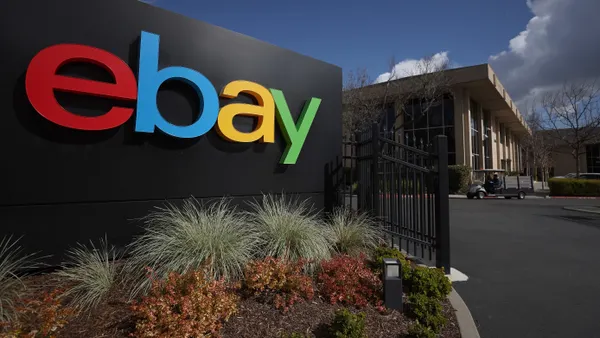Dive Brief:
- Shoppers spend an average of 13 days researching a product, but when they are ready to purchase one in three say they expect the items to arrive the same day, according to a post in the "Think with Google" blog. Mobile searches related to same day shipping have increased more than 120% since 2017, according to Google.
- Mobile searches with the words "near me" have increased threefold in the last two years, with nearly 80% of consumers willing to shop in a store when they want a product immediately. Mobile searches with the words "where to shop" and "where to buy" have gone up over 85% in the same time frame. When the need is urgent, 74% of smartphone users don’t care what company provides them the most relevant information.
- Hyperlocal omnichannel strategies, such as showing what is in stock at nearby stores and the increasing bids surrounding a business location can drive an 80% higher rate of incremental store visits, reported Google. For example, when Staples used such hyperlocal bidding strategies, it increased its store visits by 124% year over year.
Dive Insight:
With mobile devices now driving the path to purchase, shoppers are getting more impatient. Who stands to benefit? Surprise, it’s brick-and-mortar stores.
New research from Google shows that physical stores play a growing role in consumers' shopping activity, especially when it comes to products that are needed immediately. The statistics show that these people are using search to determine what stores have the products they want in stock, at the best prices and in the closest proximity.
Retailers that take advantage of this with a sound omnichannel strategy, coupled with a compelling merchandising mix geared to add-on and impulse purchases, will survive the competitive whirlpool drowning so many brick-and-mortar operators. Tying this in with in-store pickup, like Walmart is doing now, provides another way to get people to stores.
“Retailers have a huge opportunity to use physical stores to deliver on the heightened expectations of today’s impatient shoppers,” wrote Todd Pollack, Google’s retail industry director, in a blog post. "To do this, it’s important to provide always-on assistance and ensure high-intent shoppers find what they need at the time they’re nearby and ready to shop."
A recent study by AlixPartners showed that Americans are demanding ever faster delivery times, and becoming more impatient, especially online shoppers, reported Business Insider. This is driven by Amazon which has made two-day Prime shipping a norm, and is pushing for shorter delivery times for more products.
For consumers living within one mile of a store, Google found that their click-through rates increased by 28% and their rate of store visits goes up by 57%. Additionally, for consumers living within five miles of a store, when they click on a search ad, their store visit is 1.7 times more likely to be incremental than consumers living farther away.
In the case of Staples, the retailer moved away from online return-on-investment as its only key performance indicator, reported another "Think with Google" blog post. Staples now sees store visits data as critical to its bidding and budget decisions, especially for evaluating hyperlocal campaigns. This change in strategy resulted in 124% more store visits from non-brand campaigns between 2015 and 2016, and also reduced the cost-per-visit by 33%.










